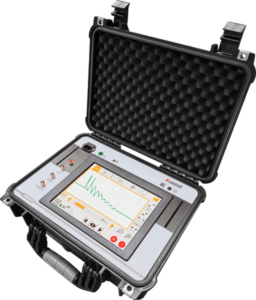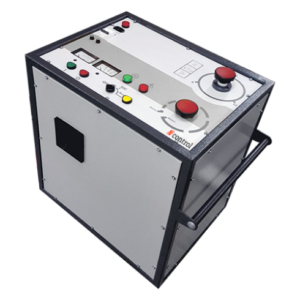Power cables are a critical component of energy systems, ensuring reliable electricity supply. However, their damage can lead to significant disruptions and financial losses. Effective fault detection and localization require a structured approach that involves several key steps.
1. Initial Testing
The process begins with simple low-voltage tests, such as integrity checks and insulation resistance measurements. This stage helps confirm the presence of a fault. It is essential to avoid high-voltage testing at this stage to prevent altering the fault characteristics, which could complicate localization.
2. Time-Domain Reflectometry (TDR)
After confirming the fault, a Time-Domain Reflectometer (TDR) becomes an effective tool. This device sends a pulse through the cable and measures the time it takes for the signal to reflect back from the fault point, helping to determine the distance to the fault. TDR is particularly useful for locating short circuits or breaks.


3. Advanced Diagnostic Methods
In the case of complex faults, such as high-resistance damage, standard TDR methods may be insufficient. Advanced methods are employed, including:
- Arc Reflection Method: Creates a temporary arc at the fault point, making it easier to detect (Cable fault location system HVC-FL3).
- Pulse Current Method: Generates transient signals to analyze fault characteristics (Surge Voltage Generator HVC-G).
4. Precise Fault Localization
Once the fault distance is identified, the next task is to pinpoint its exact location. A high-voltage surge generator produces breakdowns accompanied by sound and electromagnetic fields. Using specialized receivers, the operator can locate the fault by moving along the cable route.

5. Prevention
To minimize the risk of future faults, it is crucial to regularly inspect cable conditions, use quality materials, and consider environmental factors during installation.
Effective fault detection and localization require modern equipment and expertise. Investing in diagnostic technologies and training specialists can significantly reduce downtime and costs associated with power cable damage, ensuring the reliability of energy systems.

